Projects
Below are some of the projects that Global Orca Charity
has supported through generous financial support from donors.
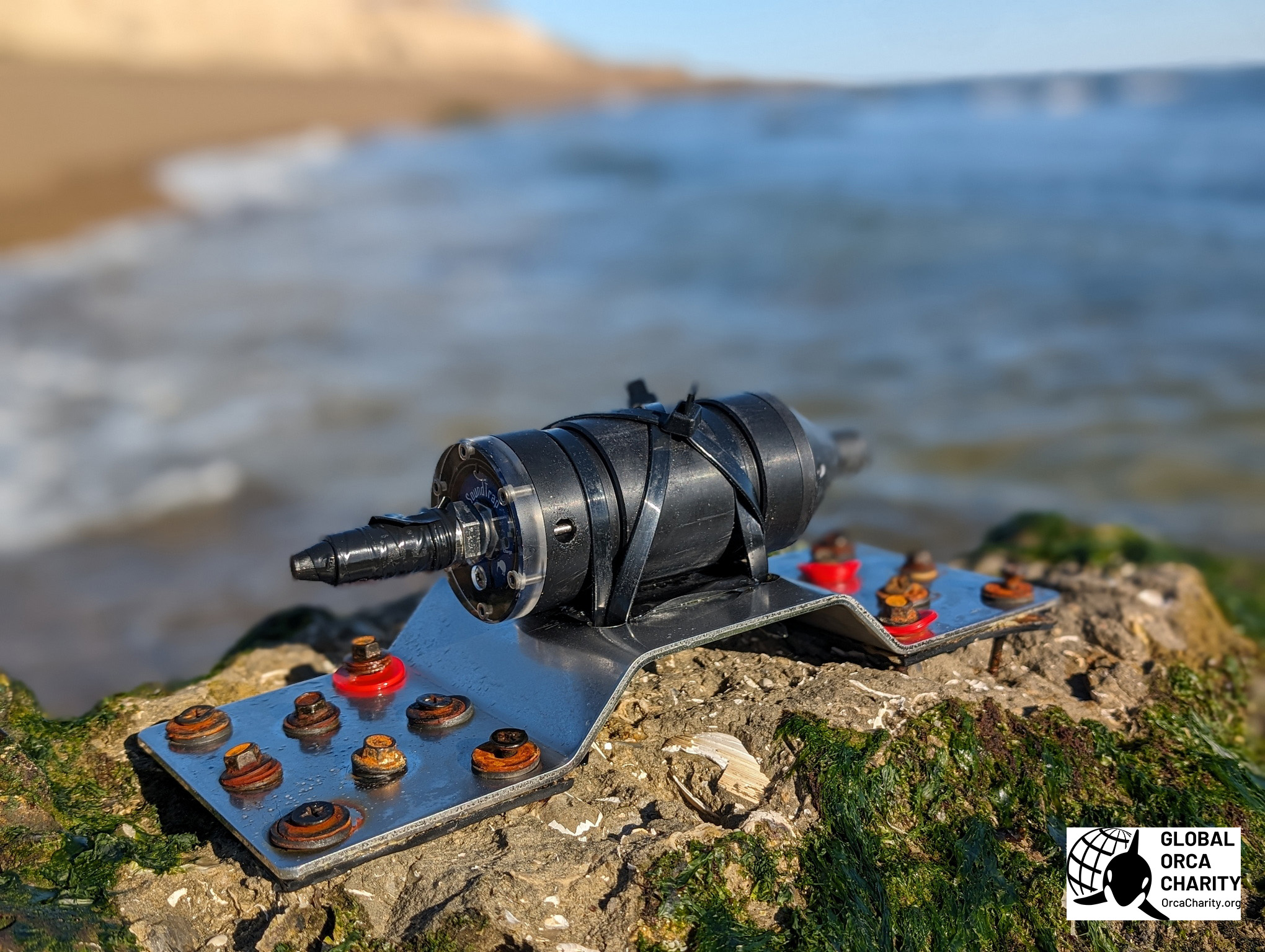
Punta Norte Orca Research Acoustics
Argentina
For the first time, wireless self-contained hydrophones have been deployed at Punta Norte, Península Valdés Argentina. The field seasons were successful and the team obtained an exploratory data set for both 2023 and 2024. This included orca echolocation and vocalisations from inside the famous ‘Attack Channel’. The preliminary results will be presented at the Society of Marine Mammalogy Conference, in November 2024, in Perth, Australia. Punta Norte Orca Research www.pn-orca.org
Photo: Wireless hydrophone mounted on reef at Punta Norte
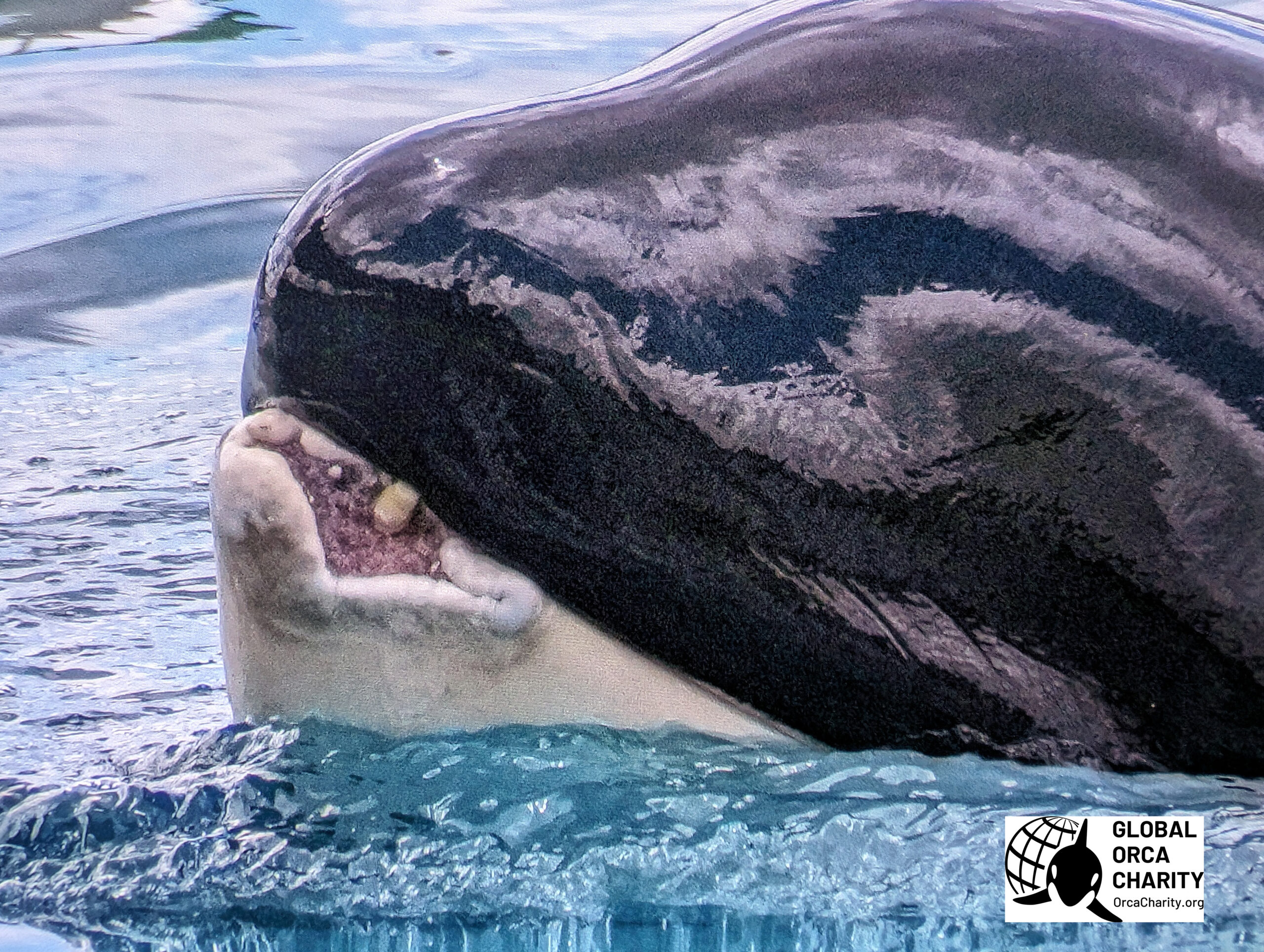
Rapid Assessment of Captive Orca in Japan
Japan
Dr Ingrid N. Visser visited Japan to document the opening of the new facility housing orca in Japan. Kobe Suma Sea World houses two orca – a mother known as Stella and her daughter Ran2. This facility is purported to be the location where the two remaining captive French orca, Wikie and her son Keijo, have been sold to and will be displayed. A report was produced which was submitted to the French Government in order to provide them with expert evidence as to the unsuitability of the facility for any orca. In association with the Japanese NGO Life Investigation Agency, Dr Visser also visited the other two facilities in Japan, which hold orca captive – Port of Nagoya Public Aquarium and Kamogawa SeaWorld. Both of these captive orca facilities hold the offspring of Stella. www.orcaresearch.org
Photo: Captive orca with injury, Japan
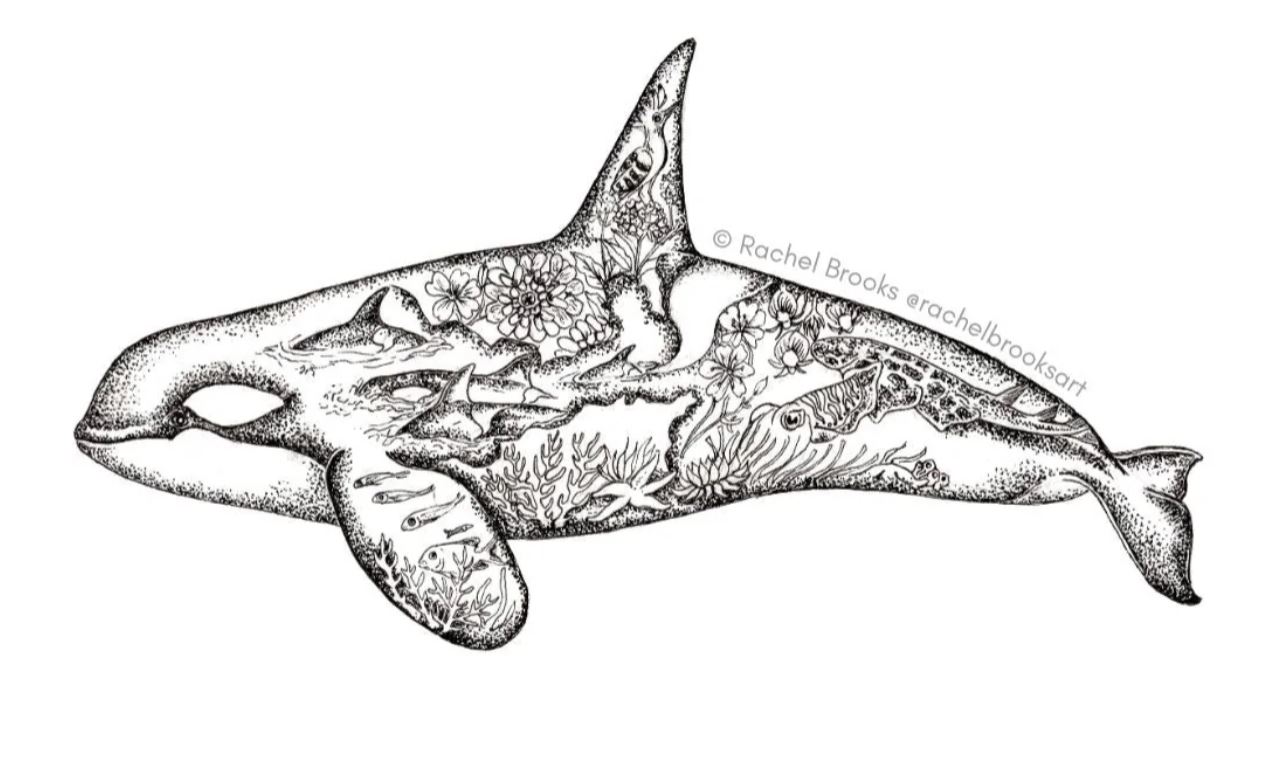
Iberian Orca
Spain
The orca who interact with boats in the Iberian waters of Spain, Portugal, Morocco and the Strait of Gibraltar are frequently persecuted by fishers and boaters. There are reportedly fewer than 35 orca in this endangered population of orca. ‘Save the Iberian Orca’ is a joint campaign run by two NGO’s, WeWhale and Sea Shepherd France. Dr Ingrid N. Visser visited the campaign and helped with on-water outreach, advising vessels how to avoid interactions with the orca. She also assisted with assessing the behaviour of the orca to find ways to divert their attention away from the vessels. Dr Visser continues ongoing work with this NGO. www. save-the-iberian-orca.org
Logo: Designed by Rachel Brooks
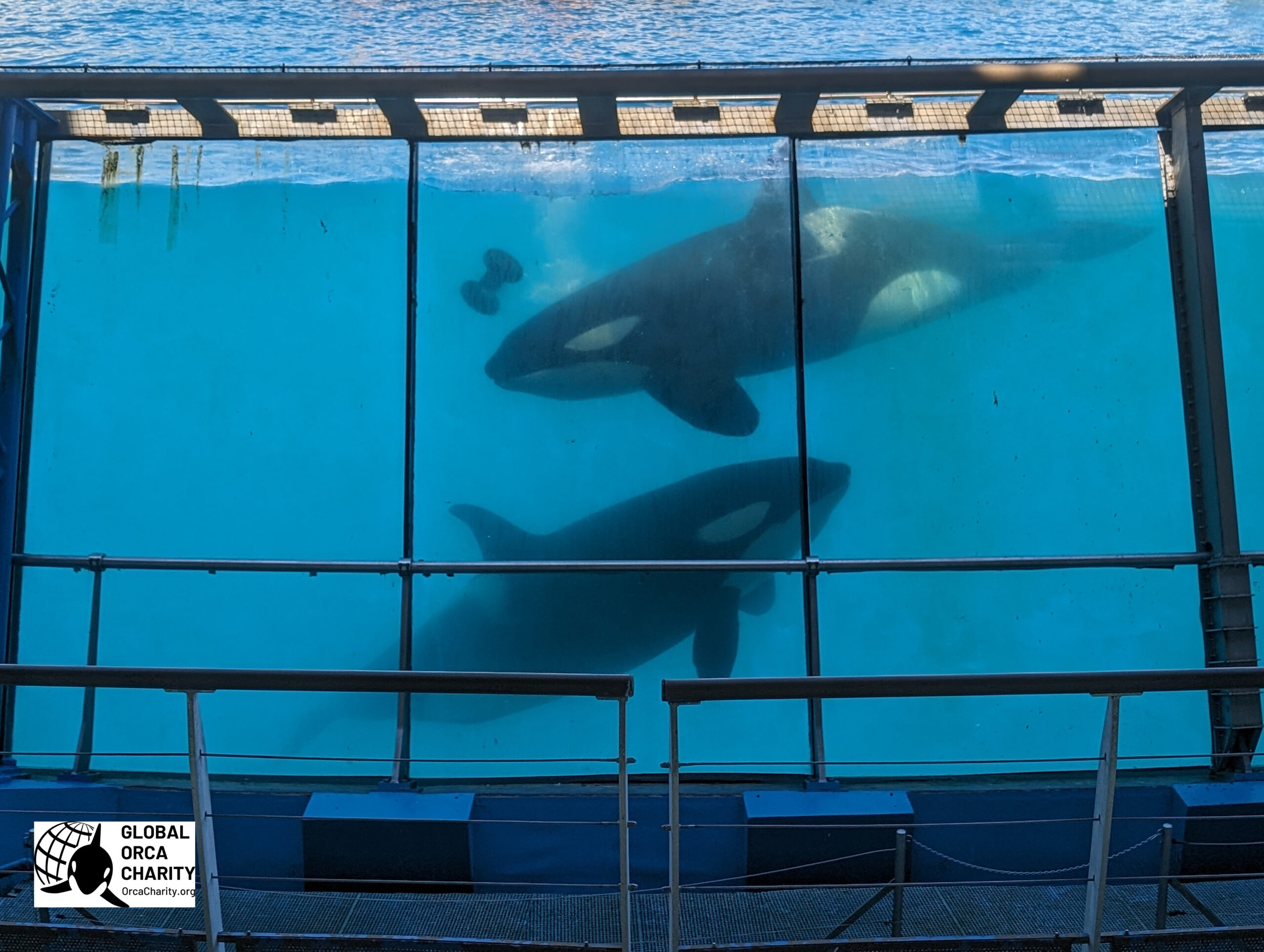
Rapid Assessment of Captive Orca in France
France
Dr Ingrid N. Visser has made multiple visits to the facility Marineland Antibes to assess the orca held captive there. She collaborated with various NGO’s to provide evidence for on going court cases, social media campaigns and attended meetings with the French Government to provide them information about the welfare issues and potential sanctuary options for the orca. www.orcaresearch.org
Photo: Captive orca, Marineland Antibes, France
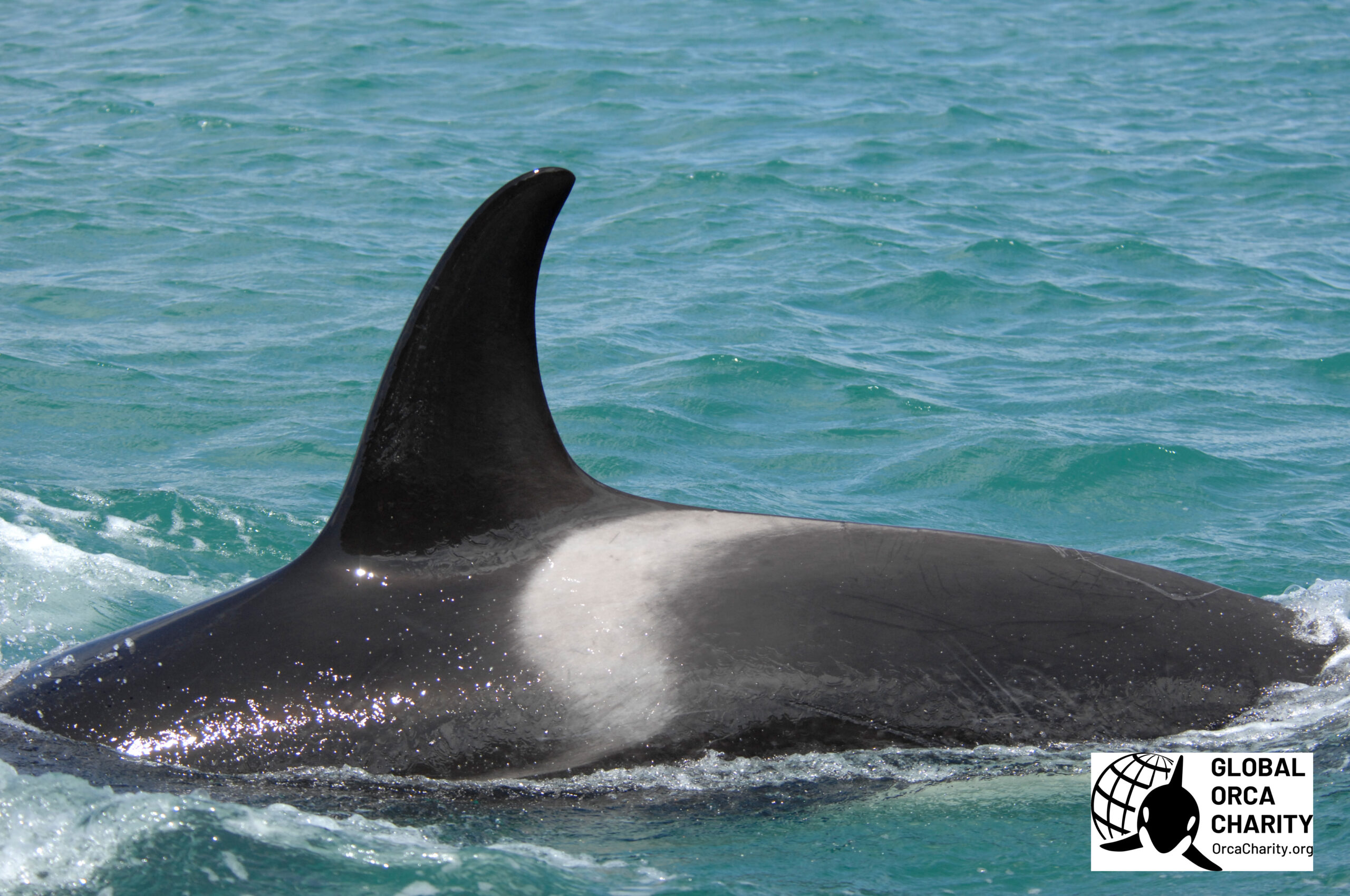
Saddle Patches of Orca Worldwide
Worldwide
Researchers analysed the shape and size of orca saddle patches by using a dataset of nearly 4,000 of orca from around the world. Their goals were to assess if the original hypotheses, that saddle patches could be used to distinguish between groups, was valid across such a large dataset. Using photographs to assess this pigmentation, their findings illustrated that saddle patch shapes could be categorized into six main groups, no matter where the orca lived around the world. The researchers also found that the saddle patch sizes, when averaged for each of the more than 40 geographic groups / ecotypes included in the study, were spread across a spectrum of sizes with the narrowest in the southern hemisphere. The results from this research are currently undergoing assessment by a scientific journal in order that they may be published.
Photo: A typical saddle patch on a New Zealand Coastal orca
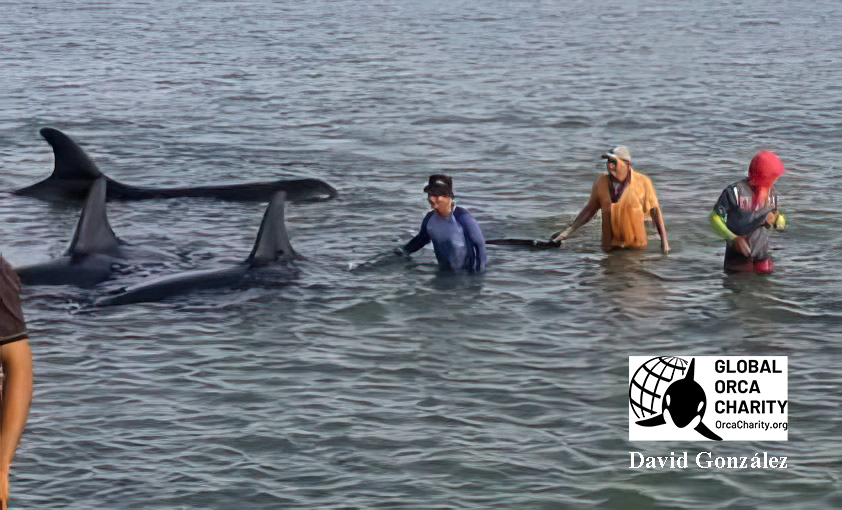
Scientific Publication: Venezuelan Orca Rescued
Venezuela
The successful rescue of seven orca who stranded on the coast of Venezuela is to be documented in the scientific literature. This was the first mass stranding of orca in the Caribbean. Local fishers worked closely with the Authorities to help the animals and the event is described in detail which may aid future rescues. The manuscript is currently undergoing the final steps and it is expected to be available soon. Caribbean Wide Orca Project.
Photo: Three of the seven orca who were rescued
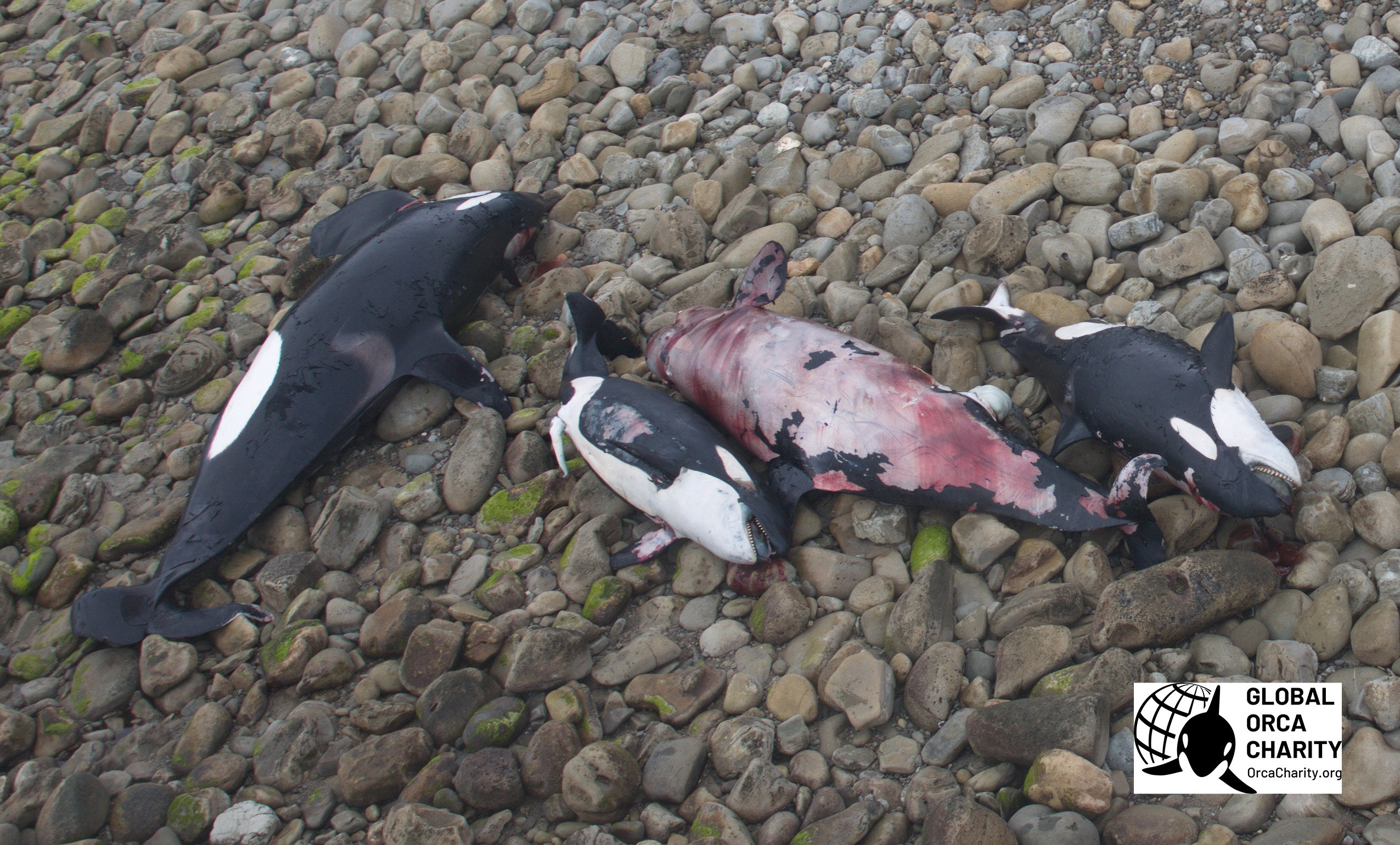
Mass Strandings of Orca - an assessment
New Zealand
New Zealand is one of the hotspots for mass strandings of orca. Dr Ingrid N. Visser is currently working on assessing the data from these events and putting that into the context of orca mass strandings from around the world. This review will be published in a scientific journal. www.orcaresearch.org
Photo: A mass stranding of orca, New Zealand
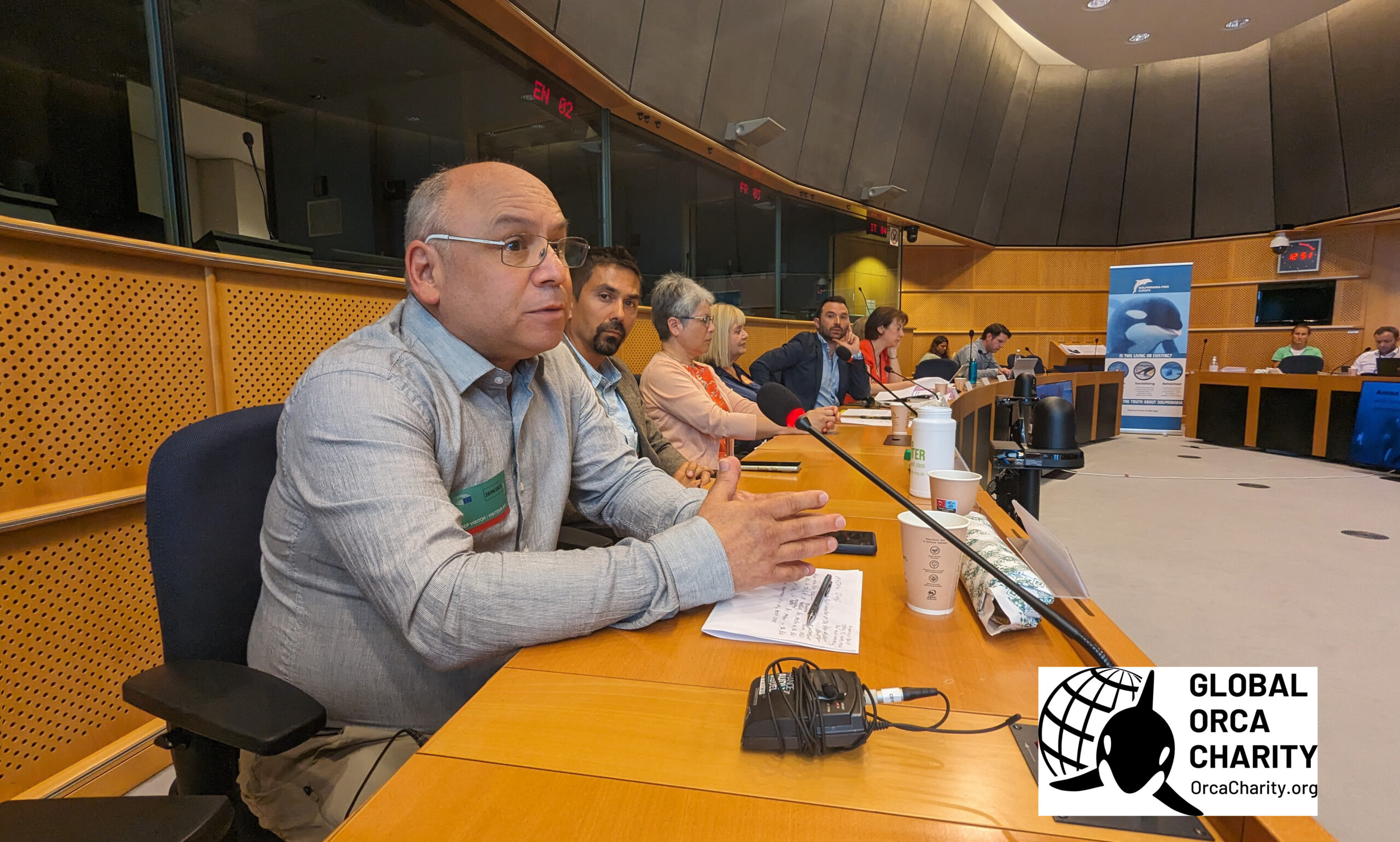
European Parliament Symposium on Cetaceans in Captivity
Europe (Brussels)
The issues of keeping cetaceans (whales, dolphins & porpoises) in captivity in Europe was the focus of a symposium held in the European Parliament for Members of the European Parliament and their staff. Presentations were given and discussions held by a members of the Free Morgan Foundation, as part of the coalition Dolphinaria-Free Europe. These included the case study of Morgan the orca currently held in Spain and the laws that should be protecting her, and about the poor welfare for the captive orca held in Europe (at Loro Parque and Marineland Antibes). www.freemorgan.org
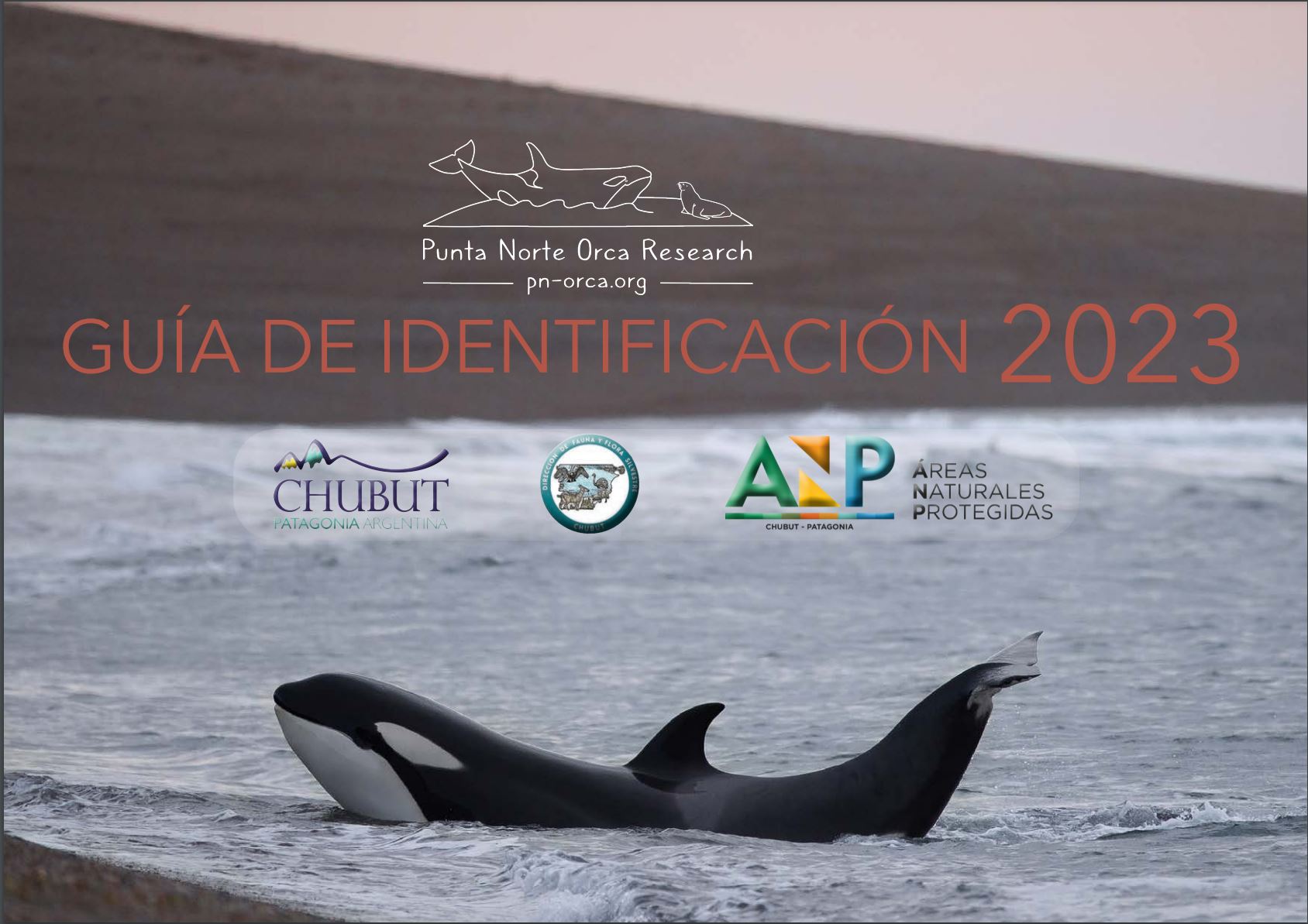
Punta Norte Photo Identification Guide
Argentina
The Punta Norte Patagonia ecotype is perhaps one of the most publicly recognised populations of orca, due to their unique behaviour of coming onto the beach to capture sealions. As a way to monitor the population and create a census, each year the research team collects identification photographs of the orca who frequent the coast of Punta Norte, Península Valdés. They create an identification guide that is available for the public to download. Published in both Spanish and English it includes information about the family histories and short bios for each orca. This is the longest running orca research project in Argentina and was established in 2004. www.pn-orca.org
Photo: Cover of the Spanish version of the Identification Guide